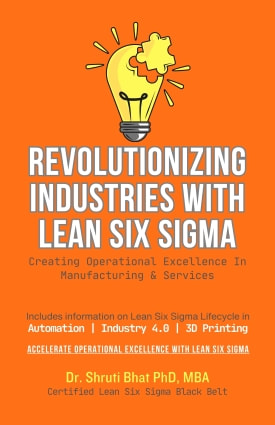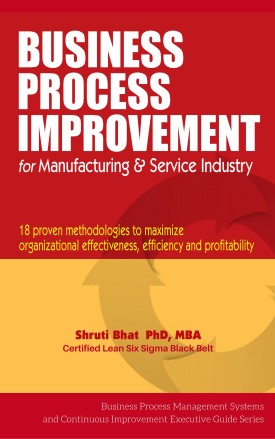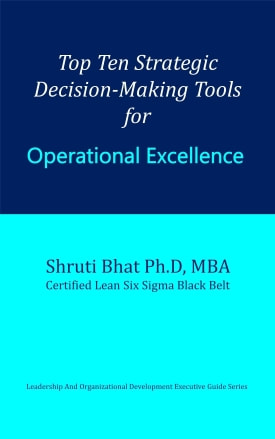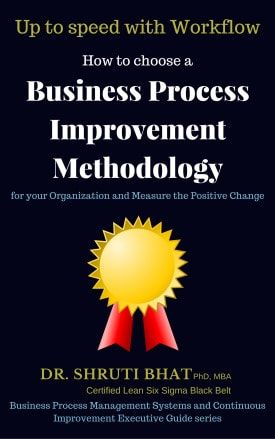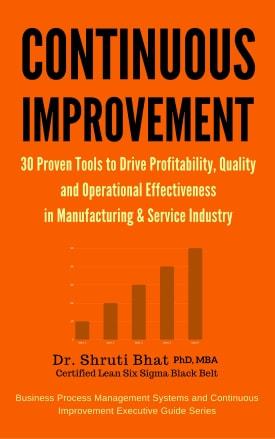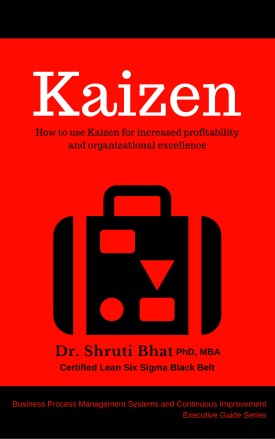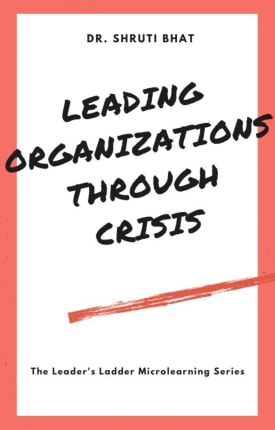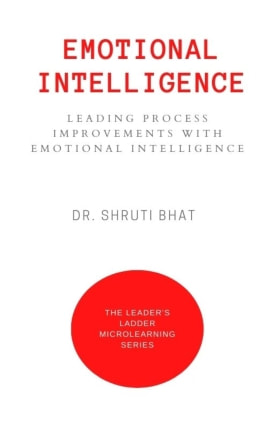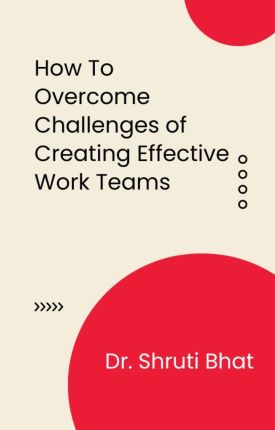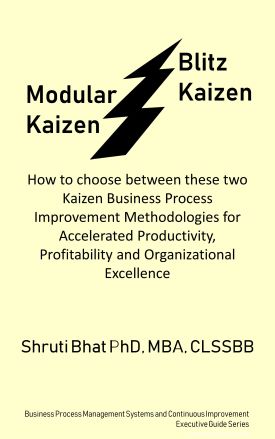OODA
Using OODA (Observe- Orient- Decide-Act) for strategic decision-making in strategic management is a process of interactive problem-solving. The loop involves testing the hypothesis and making decisions based on the results. The final step is to take action. By taking rational action, business owners can outpace their competitors. The OODA loop can be applied to many different problems, such as litigation, law enforcement, combat operations and business including those related to competitive advantage. In fact, it is often used by business leaders who are tasked with assessing the potential impact of a strategic decision.
The first phase of the OODA loop is called the "data collection" phase. This is the time when stakeholders observe a scenario developing, and then make decisions based on their findings. As data continues to flow in, the organization can adapt its approach to meet the needs of its stakeholders. A strategic decision-making process should be fast and reliable, and an OODA loop should allow stakeholders to make informed decisions.
Logic tree
A logical tree is a chart used to make decisions. The Logic tree is an organization tool or a critical thinking framework that you can use to diagram all the possible causes of a failure event. The structure of the Logic Tree is hierarchical so that you can easily reference which event caused what effect. Each cause or effect is represented by a labeled icon, called a node.
The top-level node represents the ultimate goal or decision. The branches represent possible outcomes and are generally indicated by an arrow. The branches also include associated costs and the likelihood of the outcomes. A decision tree can be extremely useful for solving problems, managing costs, and discovering opportunities. The tree will also help you determine the optimal course of action.
Logic tree diagrams can be a useful tool for problem-solving and communicating across stakeholders. They are effective for simplifying complex problems and illustrating multiple possible solutions. Logic tree diagrams can be created on paper, white boards, or using a computer. Here are some common examples:
SWOT
The application of SWOT analysis to the strategy of a business helps guide the company toward better strategies or away from less successful ones. An independent SWOT analyst can help guide a company through the process. The analysis is generally presented as a square with four quadrants, representing each element of the company's SWOT. All points should reflect a balance between threats and opportunities. The analysis can help a company determine the best strategy for achieving its goals.
A SWOT analysis is a powerful tool for making strategic decisions and can help a business identify its strengths, weaknesses, opportunities, and threats. It can also help to determine the best way to overcome a specific challenge. It can help a business decide on a strategy to take advantage of opportunities that are in its control. In strategic management, SWOT analysis can help a company identify the most promising strategies and implement them.
Planning
Strategic decision-making is a process in which managers decide what they will do in the future and how to implement that plan. This involves both planning and implementing decisions, although the latter is a more complicated process. For example, strategic decisions involve identifying the strengths and weaknesses of a company's products or services. Then, they can plan a response to changes in the market. For example, a manager might decide to launch a revised product or expand a store.
Whether to adopt a single model or implement a multiperiod approach, strategic planning involves setting goals. The SMART goals, which stand for "specific, measurable, achievable, relevant and time-bound", help business leaders measure performance and determine the overall mission of the company. A measurable goal might include "releasing the first version of a virtual classroom platform in two years," or "increasing sales of an existing tool by 30% in the next year."
Implementation
Strategic decision-making is a process by which a company charts its course based on a long-term vision and mission. Clarifying the big picture aims of a company helps in aligning short-term plans with its mission and vision. Moreover, the process helps in identifying countervailing factors and identifying corporate inflection points.
Good strategic decision-making involves setting criteria for selecting the best choice among many alternatives. When several options are available, the criteria are used to measure each one against the other. The criteria should be specific, measurable, time-based, achievable, and realistic, as they are based on resources and the maturity of activities within an organization. It is important to make good strategic decisions by establishing a clear strategic goal. However, the process is prone to errors, so managers must be aware of the potential risks and the impact of their decisions.
How fast a decision is made and how good is that decision determines how far the business will thrive. |
Related reading:
#operationalexcellence #operationalexcellence #strategicdecisionmaking #strategy #strategymanagement #decisiontools #decisionmaking #strategicplanning #challengesofdecisionmaking



